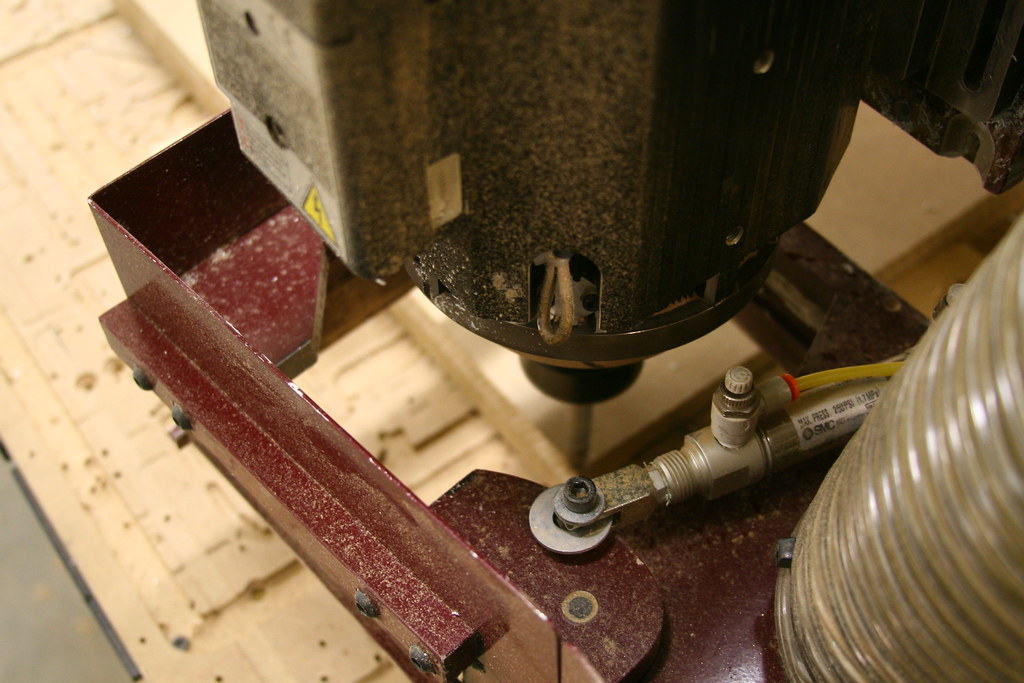When it comes to woodworking, choosing the right router bit can significantly impact the quality of your finish and the efficiency of your work. Two common choices are up cut and down cut router bits, each serving specific purposes. Understanding their differences will help you make informed decisions for your projects.

The orientation of router bits affects their cutting direction and feed requirements. In a hand-held router, the bit rotates clockwise, whereas, in a router table, the bit rotates counter-clockwise. It's crucial to feed wood against the bit's rotation for efficiency and safety to prevent kickback.
Up cut router bits have flutes that twist right, cutting in a clockwise rotation, and removing chips upward. Here are their defining characteristics:
Down cut router bits have flutes that twist left and require a counter-clockwise rotation to cut, pushing chips downward. They are best suited for applications that require a clean top surface:
When using down cut bits for dados or grooves, it's essential to slow the feed rate to allow for efficient chip removal. This may mean taking multiple shallow passes to avoid overheating and ensure a clean cut.
For situations where a clean finish on both the top and bottom surfaces is critical, compression bits are recommended. These bits combine the features of both up cut and down cut bits, with flutes that change direction midway up the shank. While compression bits achieve a smooth finish on both surfaces, they tend to be more expensive.
Here are some general tips to get the most out of your router bits:
| Factor | Up Cut Router Bits | Down Cut Router Bits |
|---|---|---|
| Chip Evacuation | Upward, effective for deep cuts | Downward, best for shallow cuts |
| Finish Quality | Clean on bottom, rough on top | Clean on top, rough on bottom |
| Feed Rate | Faster, prevents debris build-up | Slower, to avoid overheating |
| Best For | Mortises, deep cuts | Dados, rabbets, visible slots |
Selecting the right router bit type is essential based on the specific project needs. Both up cut and down cut bits serve distinct purposes in woodworking tasks, and understanding their differences will help you achieve the best possible results. Having a combination of these bits readily available will enhance your woodworking capabilities.

Immerse yourself in architecture’s most boundary-pushing ideas—where innovative home improvements meet visionary urban developments. Discover new building techniques, materials, and creative concepts that are redefining how we shape our spaces on a global scale.